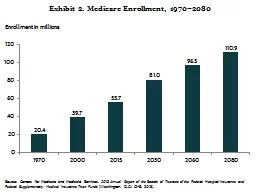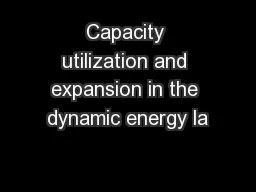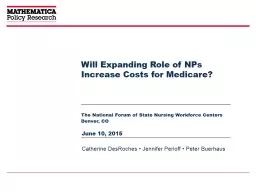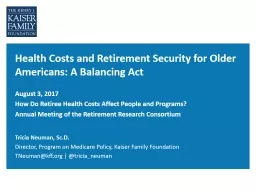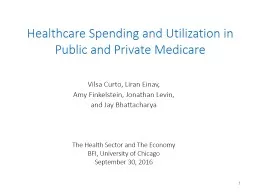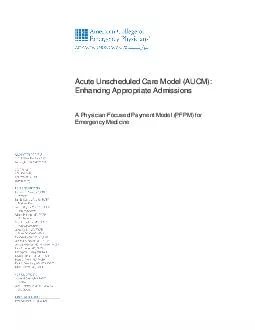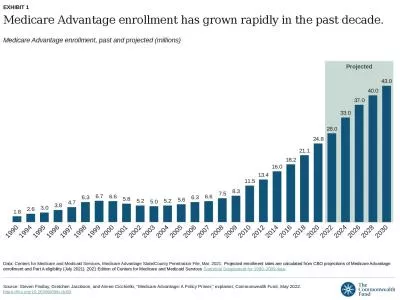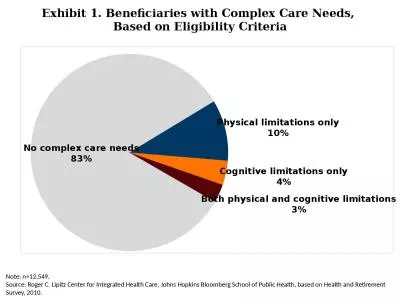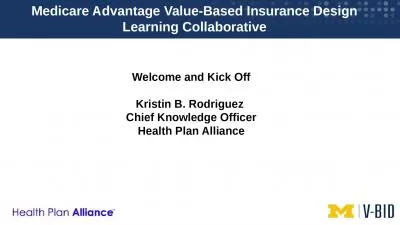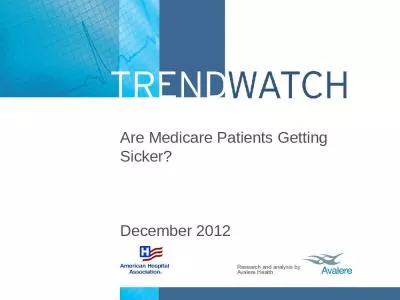PPT-Spatial Analysis of Health Care Utilization among Medicare Beneficiaries with Coal Workers’
Author : marina-yarberry | Published Date : 2020-04-03
Ahmed Arif PhD Associate Professor Department of Public Health Sciences November 12 2018 Claudio Owusu MA Doctoral Student Department of Geography and Center for
Presentation Embed Code
Download Presentation
Download Presentation The PPT/PDF document " Spatial Analysis of Health Care Utiliza..." is the property of its rightful owner. Permission is granted to download and print the materials on this website for personal, non-commercial use only, and to display it on your personal computer provided you do not modify the materials and that you retain all copyright notices contained in the materials. By downloading content from our website, you accept the terms of this agreement.
Spatial Analysis of Health Care Utilization among Medicare Beneficiaries with Coal Workers’: Transcript
Download Rules Of Document
" Spatial Analysis of Health Care Utilization among Medicare Beneficiaries with Coal Workers’"The content belongs to its owner. You may download and print it for personal use, without modification, and keep all copyright notices. By downloading, you agree to these terms.
Related Documents



